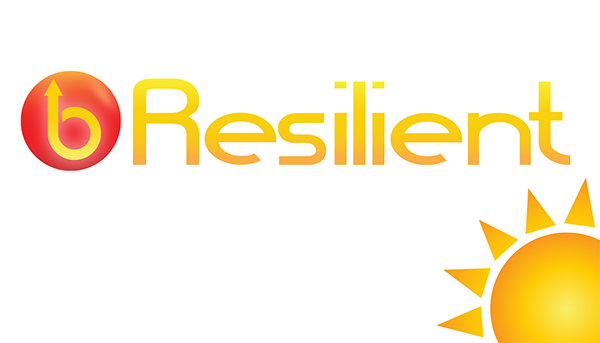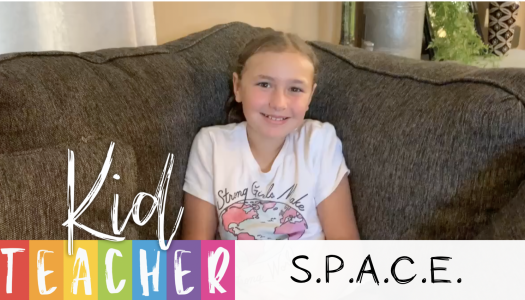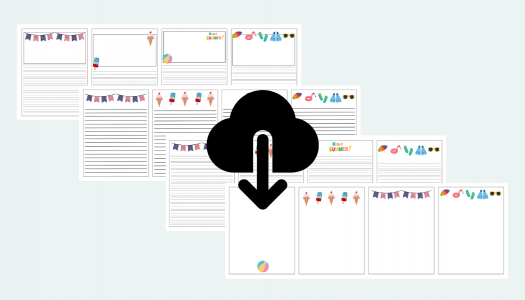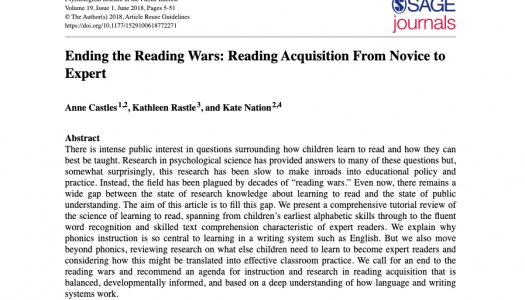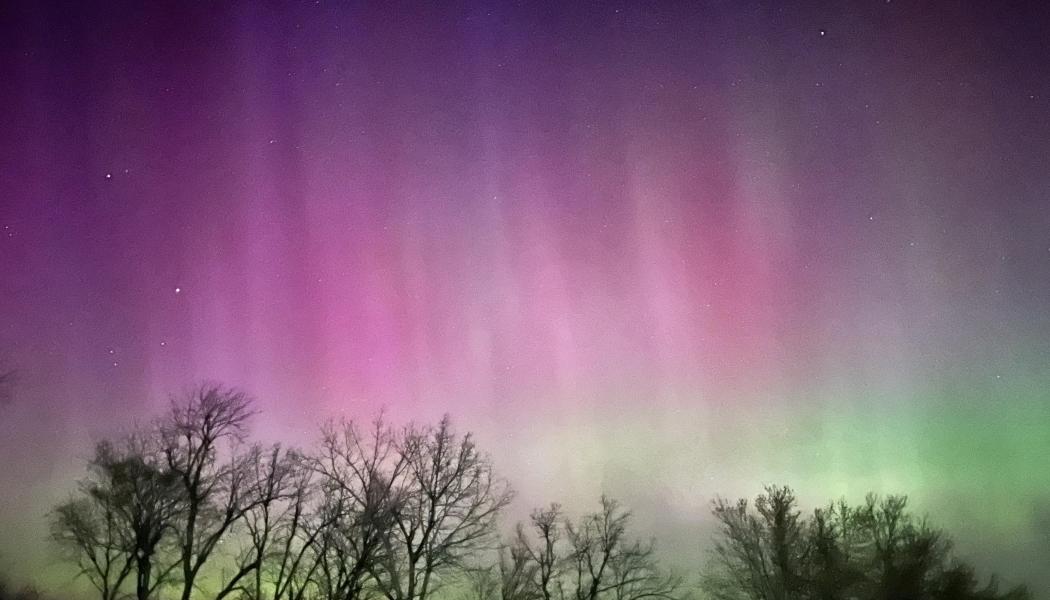
Allison Behne
Living in central Iowa lets us experience small-town living, beautiful starry nights, and all four seasons (sometimes all in one day). One night last month, something wondrous got added to that list: the aurora borealis, also known as the northern lights. Our local news reporter said if the clouds and weather cooperated, our best chance to view this phenomenon would be between 10 p.m. and 2 a.m., away from the city lights. How could we not try?
I did a little research and downloaded an app that would help us find the night show, and my husband and I headed out on the mission. We drove 20 minutes north of town on a quiet country road, turned off the car and all the lights, and let our eyes adjust to the darkness for about five minutes. Then the magic began. We took several pictures, and I am still in awe that this photo was taken in central Iowa on an iPhone with no filters!
As usually happens, my mind made connections to education. In teaching, we try new things all the time. Rarely are they simple. They, too, require planning and going a bit out of our normal routine if we really want to see and experience growth. We may need to change up the materials (such as the genre of book), setting (whole group, small group, one-on-one), instructional strategies (for example, modeling, think aloud, offer advice), or depth of learning (cognitive process).
I can’t imagine how beautiful the northern lights look for those who live closer to the “auroral zone.” As an Iowan, I can say that the small show I saw is one I will never forget. It was definitely worth the preparation and patience it required. And, I imagine when we use this same preparation and patience in our classroom, we will also experience results we, and our students, will never forget—results that feel a bit magical, too.
News From The Daily CAFE
Kid Teacher Shares her S.P.A.C.E.
June Writing Paper
Shared Research: Ending the Reading Wars
